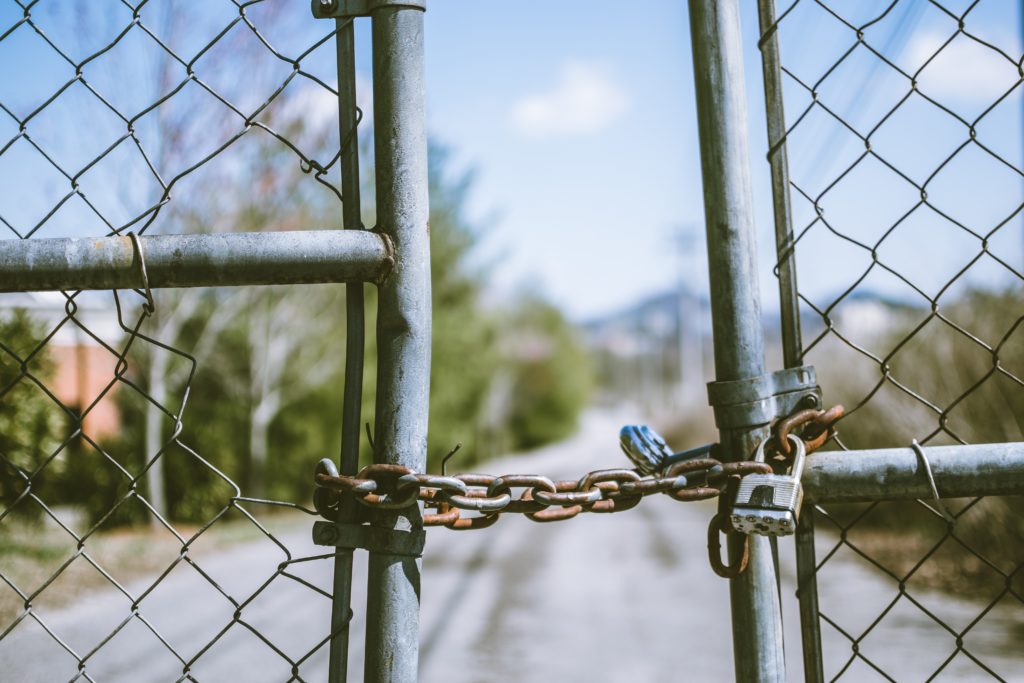
Racial, ethnic and sociodemographic divides are the leading barriers impacting advance care planning utilizations in the United States. Hospice providers working to expand access will need to take a closer look at the unique forces driving disparities, particularly among people of color.
Studies have shown that advance care planning can reduce hospitalizations and health care costs, boost hospice and palliative care utilization, and help ensure delivery of care that aligns with the patient’s wishes. Racial and cultural divides have been among the barriers providers have wrangled with impeding patient and family access to these services.
“Advance care planning is a process that requires trust, something that minorities and groups who have experienced health disparities don’t always have in their health care providers or the system,” said Marian Grant, senior regulatory advisor at the Coalition to Transform Advanced Care (C-TAC). “Communities who have experienced lack of access or equitable health care are reluctant to put any limits around future care as they, rightly, worry that that will mean even less appropriate care.”
Barriers to advance care planning affect people of color in higher numbers, including low health literacy, education levels, and socioeconomic factors. The disparities represent people in need as well as an untapped market for hospice and palliative care providers. The key to unlocking those markets will take expanding understanding of the cultural, economic and educational forces at work.
For example, some groups are wary of signing documents, as past experience has sometimes used those documents against them, according to Grant. The reading level of most state advance directives forms is often at the college level, whereas many people’s health literacy is more at the fifth or sixth grade level.
Roughly 82% of Medicare decedents who elected hospice in 2018 were Caucasian, according to the National Hospice & Palliative Care Organization (NHPCO). Comparatively, slightly more than 8% were African-American; 6.7% were Hispanic, and 1.8% were Asian. That year, only 0.4% of Medicare decedents were Native American.
A general mistrust of the health care system at large can be one of the barriers preventing advance care planning growth among these groups. Fostering trust will be key for hospice providers to reach out and connect with underserved patients and their families.
“One important barrier is the fear, especially with African Americans,” said Gloria Thomas Anderson, assistant professor in social work at North Carolina State University. “There is a fear of receiving inferior care, even if they have a component of an advance directive, due to historical mistrust and even documented disparities that we see in ill treatment in mainstream health care and in society at large. And so that fear is very real.”
Thomas Anderson’s research focuses on health disparities in advance care planning and end of life for people of color. A lack of culturally responsive knowledge and education among physicians is a leading communication gap to advance care planning discussion for their patients, according to Thomas Anderson.
Racial bias in pain assessment and treatment recommendations can lead to false beliefs about biological differences among Blacks and Whites, according to research from the Proceedings of the National Academy of Sciences in the United States of America (PNAS). Half of medical trainees surveyed held one or more such false beliefs, the study found. For example, roughly 40% of medical students who participated in the 2016 research believed that African Americans have thicker skin than Caucasians.
Varying cultural beliefs can also create barriers to advance care planning. Views of illness and dying contribute to a wide divide of misunderstanding. Spanish-speaking communities have been among those largely underserved by hospice providers due in part to language barriers and cultural misconceptions surrounding these services.
“Talking about death is seriously discouraged and even taboo in some East Asian cultures, which makes end-of-life planning very difficult,” said Cindy Safe, founding executive director of Coda Alliance and Gary Lee, M.D., a palliative and hospice care physician, in an email to Hospice News. “Some studies attribute this to a trend among Latinx families to shield patients from bad news, such as a terminal prognosis and avoid discussing end-of-life options.”
Native Americans are another group in which cultural beliefs can build barriers to access. A 2014 literature review by the U.S. Centers for Medicare & Medicaid Services (CMS) found that, nationwide, a lack of cultural sensitivity among health care providers often dissuaded individuals among the First Nations from seeking hospice care.
“Some cultures, like some Native American and African tribes, believe that talking about bad things in the future can make them happen and so, understandably, avoid such discussions,” Grant told Hospice News.
While research efforts have grown in and around the hospice and palliative care fields to create more diverse and comprehensive messages around advance care, much work remains.
Hospice providers have stepped up diversity initiatives, with cultural education training a priority for many across the country. According to an Axxess report of home-based and hospice providers, more than 70% indicated that their organization would increase resources in 2021 for staff diversity, equity and inclusion, with 91% of respondents from larger organizations indicating that they are focused on the issue and addressing it.
“As an industry, we need to reach out more and ensure that families of all socioeconomic means have access to health care and palliative services that can make their end-of-life transition better,” said Safe and Lee. “This is a multicultural nation and to be successful in advance planning, hospice and healthcare planning in general, we need to reach out to multiple communities. A multicultural, multi-ethnic approach requires a multi-pronged approach that speaks specifically to each audience. ‘One-size-fits-all’ doesn’t really work here.”
"care" - Google News
February 20, 2021 at 04:44AM
https://ift.tt/3qDbCKu
Patients See Demographic Barriers to Advance Care Planning - Hospice News
"care" - Google News
https://ift.tt/2N6arSB
Shoes Man Tutorial
Pos News Update
Meme Update
Korean Entertainment News
Japan News Update
Bagikan Berita Ini














0 Response to "Patients See Demographic Barriers to Advance Care Planning - Hospice News"
Post a Comment